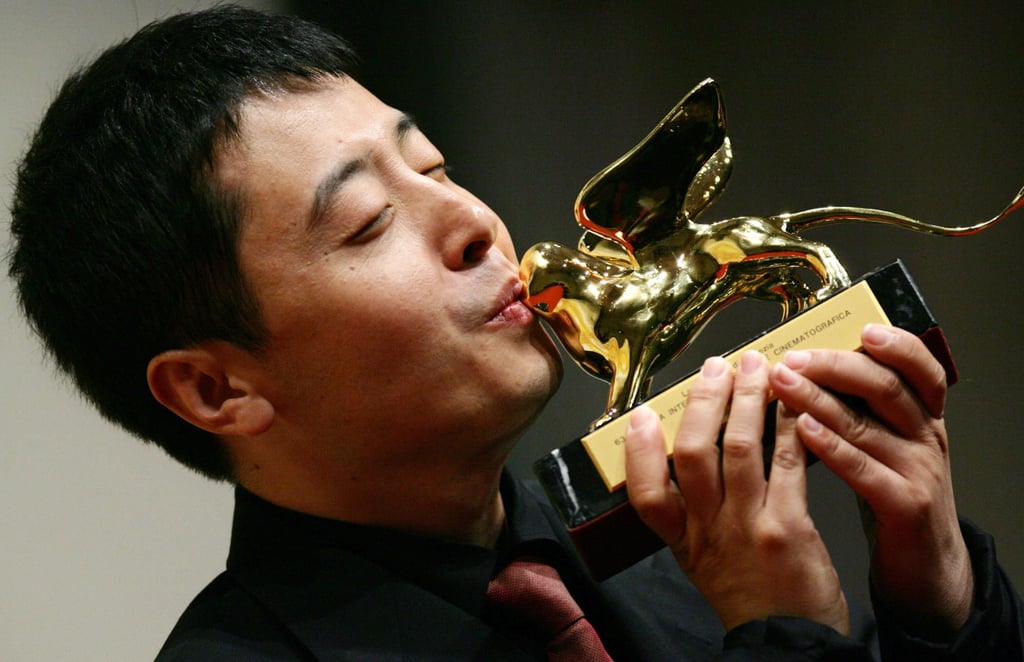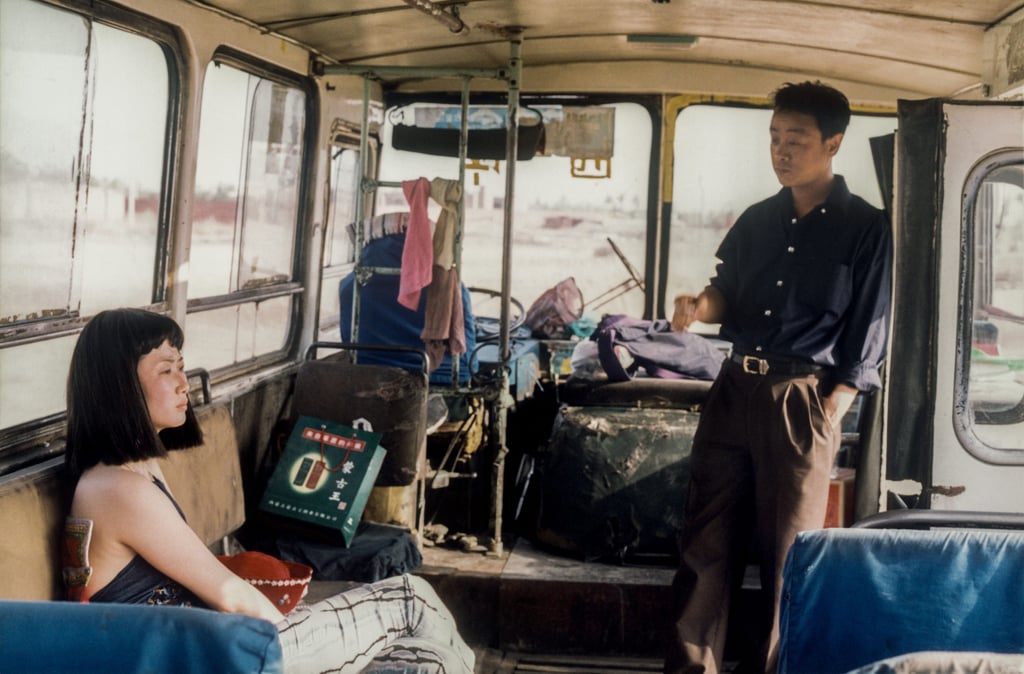How director Jia Zhangke captures China’s economic rise in his gritty films
Jia used footage filmed over 20 years – as well as unused footage from previous movies – to create his latest work, an ode to China’s rapid development


“I remember my mother washing clothes by hand at home,” he says. “Then one day, when I was in elementary school, we saw a story on the news about the first washing machine made in Shanghai. We were amazed that such a thing even existed. Then, a year or two later, my family bought our own washing machine. It happened very fast.”
Jia’s obsession with documenting China’s development has perhaps reached its apogee in his latest film, Caught by the Tides (2024). The plot spans several decades and centres on the relationship between Qiao Qiao (Zhao Tao) and Guao Bin (Li Zhubin), a couple trying to make their way in their hometown of Datong, in northern China, in the 2000s. Eventually, Bin decides to leave, saying he’ll contact Qiao Qiao once he has established himself elsewhere. Years later, short of news, Qiao Qiao ventures to Fengjie, in the Three Gorges area, to search for her missing love.

Such a summary may imbue Caught by the Tides with wisps of a run-of-the-mill love story, but the execution is pure Jia Zhangke. The film documents China’s “economic miracle”, with its characters caught up in the titular waves of change, Jia’s perennial creative toil. Then there are the other stylistic trademarks: beyond the time skips and insistent pop music, the settings of Datong and the Three Gorges Dam are part of the film’s most remarkable feature – the repurposing of unused footage from the director’s previous movies as well as other material Jia has been shooting over the past two decades. All of which makes the characters in Tides seem as if they are ageing in real life, in the same way Richard Linklater shot his 2014 movie Boyhood, for which he filmed the actors over the course of several years.